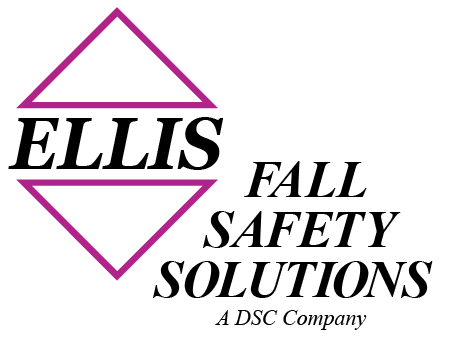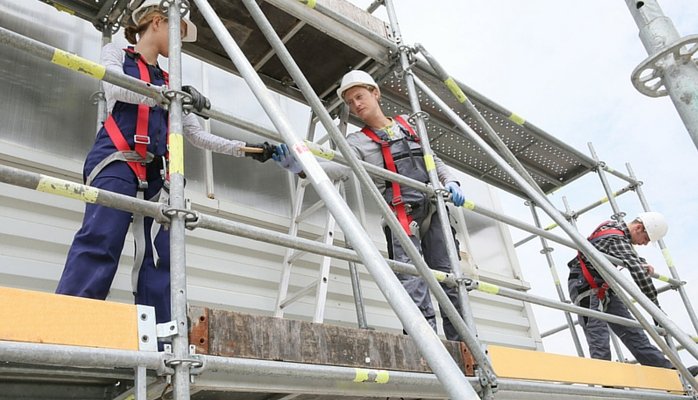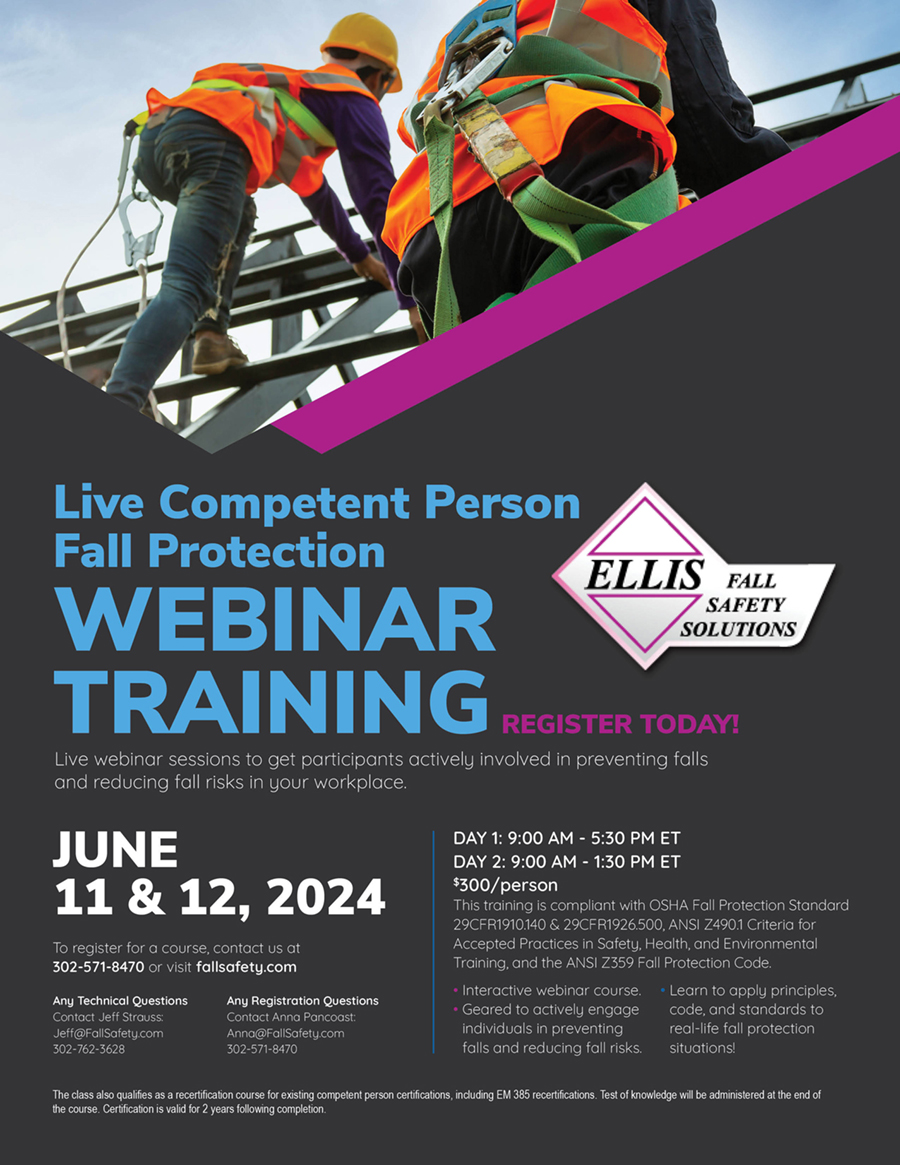The Way Forward: An Update on Falls at the same Level, Stair Falls and Elevated Falls.
This is practical and research information on what is new for building owners, specifiers, safety managers, architects, risk managers for Hotels, Manufacturing, Food, Transport, Leisure, Health Clubs etc.
From the event website:
Slips, trips and falls are the biggest cause of unintentional injury in the world today. This 2 day international conference will share the latest research and ideas to help develop solutions to reduce the incidence and impact of this ongoing problem. Slips, trips and falls on the level, stair falls and falls from height will all be addressed and updated with the latest thinking. The Conference Co-Chairs are Steve Thorpe, Chair, United Kingdom Slip Resistance Group and Richard Bowman, Chair, Slips, Trips and Falls Technical Committee, International Ergonomics Association.
Date: 4 and 5 October 2016:
London UK
Organized by the UK Slip Resistance Group
Click here for more information and Speaker List


